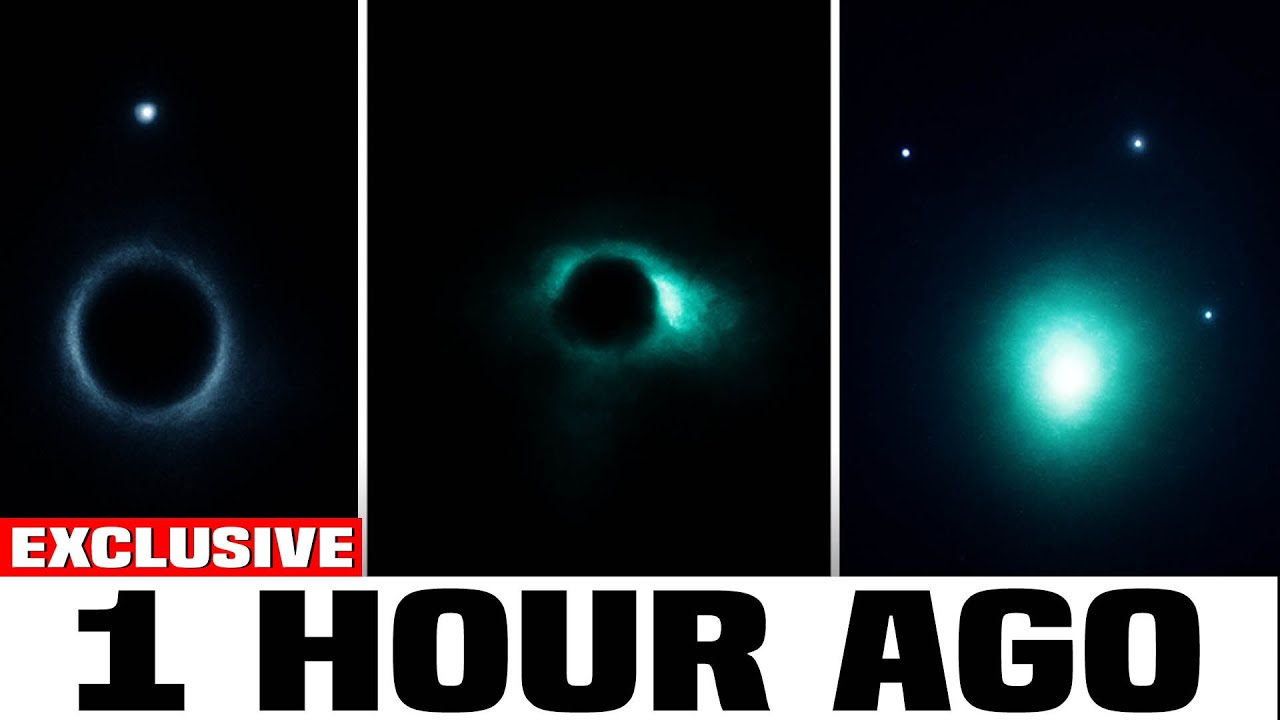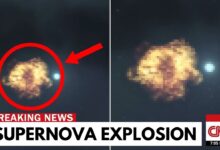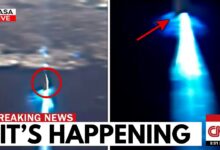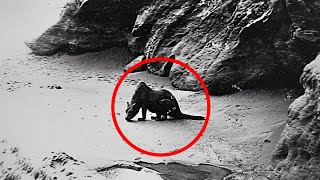Voyager Caught THIS Moving In Space… And It’s Not A Planet

One of humanity’s greatest feats took place quietly, almost unnoticed: The Voyager 1 probe became the first man-made object to reach interstellar space—the dark, cold, and silent place on the edge of the solar system. But in the endless darkness, NASA’s aging spacecraft detected something no instrument was designed to detect: not a planet, not a comet—but something moving with a purpose, and not from Earth. More than 305 unidentified objects flying in perfect formation triggered Voyager’s sensors, which had been silent for decades.
The signals rang out, space distorted, and Voyager’s aging systems began to behave in ways that no one could explain. This was not science fiction—it was reality. Recorded, documented, and completely unprecedented.
Launched in 1977, Voyager 1 was not expected to survive. Yet here it was, more than 15 billion miles from Earth—a lonely machine still whispering signals back home. It had passed every planet, crossed the boundary known as the “heliopause”—the end of the Sun’s influence—and was now drifting in interstellar space, where the Sun was a distant point of light. Incredibly, nearly 50-year-old instruments like plasma sensors, magnetometers, and cosmic ray detectors were still running, listening for any irregular vibrations in the endless silence.
Then something strange happened.
Voyager sent back an unusual signal—a small blip, a slight movement, but nothing like the familiar dust or radiation background. Something was moving—not drifting like rubble—but gliding, swerving, accelerating. It wasn’t spinning around, it was sliding along with an uncanny smoothness. As the plasma sensors picked up the changes, the magnetometers oscillated, and the scientists began to realize: this wasn’t a disturbance—it was a deliberate movement.
“This was the movement of a drone, not a meteor,” said systems analyst Carlo Romero. Space was supposed to follow the rigid laws of physics, but this object broke them all—no orbit, no drift, no deceleration. And then, surprise after surprise—Voyager 2, millions of miles away, recorded the same phenomenon: the same magnetic signal, the same plasma disturbance. Two different probes, different instruments, but the same result. Now, the possibility that this was just a technical glitch was completely ruled out.
When the full data was retrieved, scientists were stunned: not just one or two, but 305 objects moving in tight formation. Each one slid past Voyager 1 in a precise arc, without any arrhythmia, without any heat, without any signs of disintegration. And most importantly, the plasma pulses sounded rhythmically, as if they were transmitting signals—not randomly, but with structure.
“We didn’t just see them—we heard them,” said plasma expert Denise Marlo. “It was like they were communicating in a language we didn’t understand.” NASA immediately issued a Level 3 alert—a warning level reserved for phenomena beyond the current scope of scientific understanding.
These objects weren’t just moving—they were emitting signals in a sequence and structure—like a coordinated network of devices. Even the usually cautious Neil deGrasse Tyson, the renowned astronomer, admitted: “This data is not random – and that gives me chills.”
To double-check, the NASA team activated an old backup data channel – unused since the 1990s. And it confirmed everything: same data, same signal, no signs of corruption or tampering. There was no doubt now – the objects were real.
What was even creepier: they were moving without engines, no exhaust, no trace of propulsion. But the data was clear: extremely fast, accelerating, steering. Some even reached velocities beyond the Milky Way’s escape velocity. “They’re not just passing by – they’re steering,” warned Dr. Caleb Ramirez.
Even stranger – they seemed to be avoiding the solar system, not approaching Earth – as if they knew we existed… and had no need to return.
And then, the unthinkable happened: On Earth, amateur radio stations from all over began reporting strange signals – faint, rhythmic pulses that did not match any terrestrial source. Initially dismissed as interference, when the signals perfectly matched the times when Voyager’s data was at its strongest – the scientific community could not ignore them.
“We were hearing things we shouldn’t have been able to hear,” said a radio technician from New Zealand. “It wasn’t random—it was like someone was whispering loud enough for a few people to hear.”
NASA began encrypting the data streams from deep space. Some channels were blocked, some live streams were blocked. It was beyond research—it was a global security issue. Because if these signals could be heard…who else was listening?








